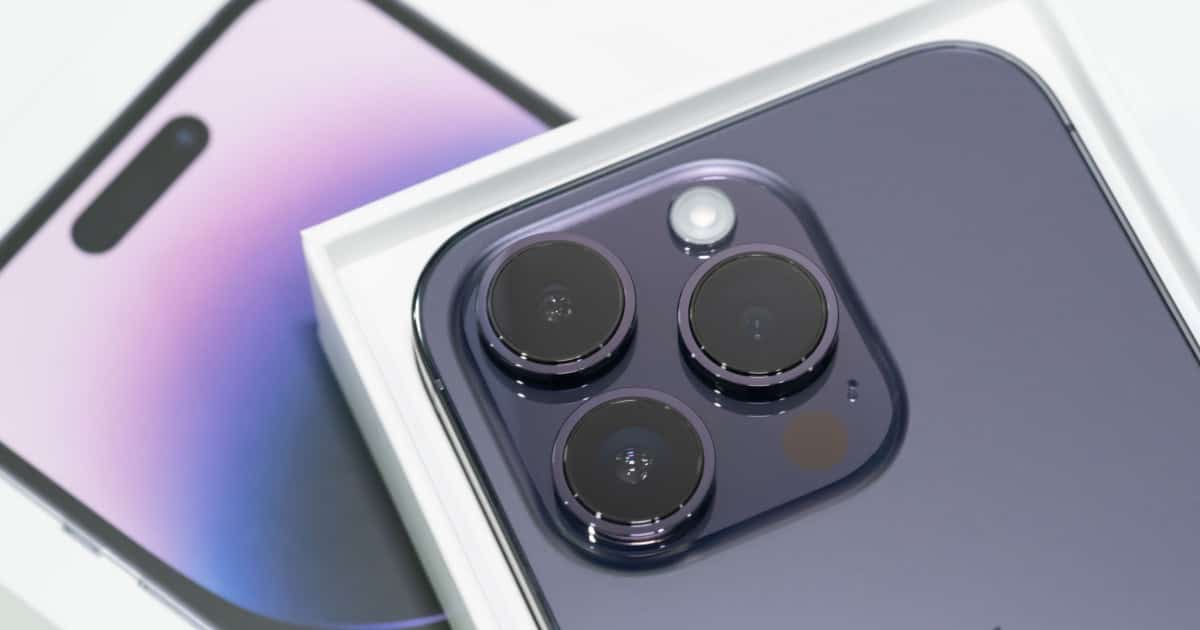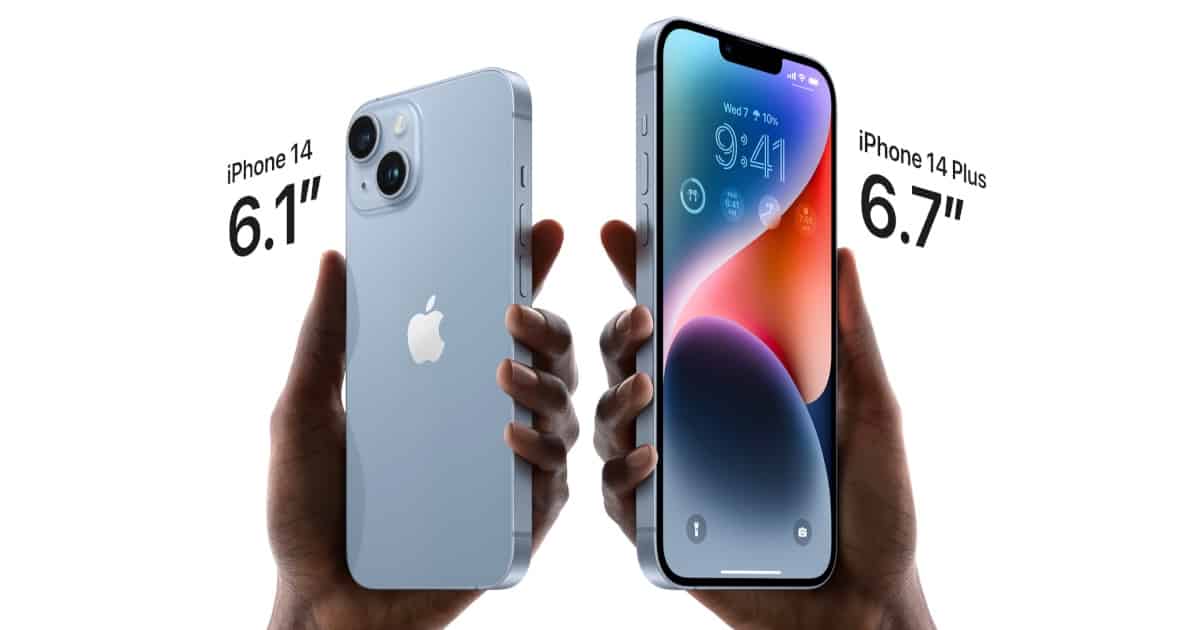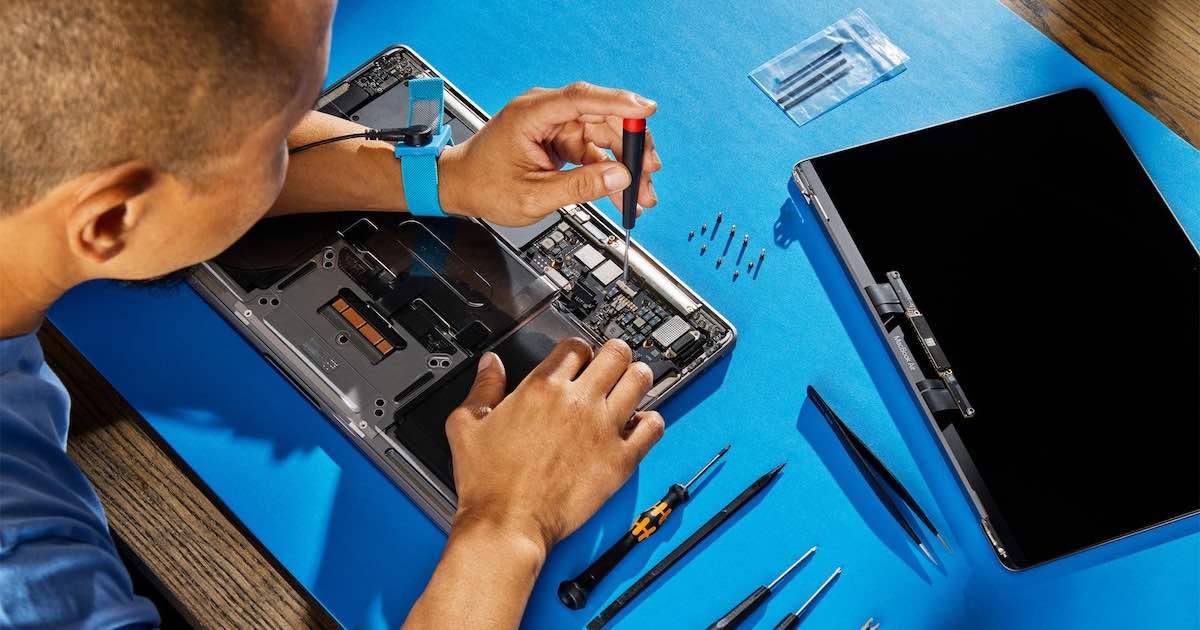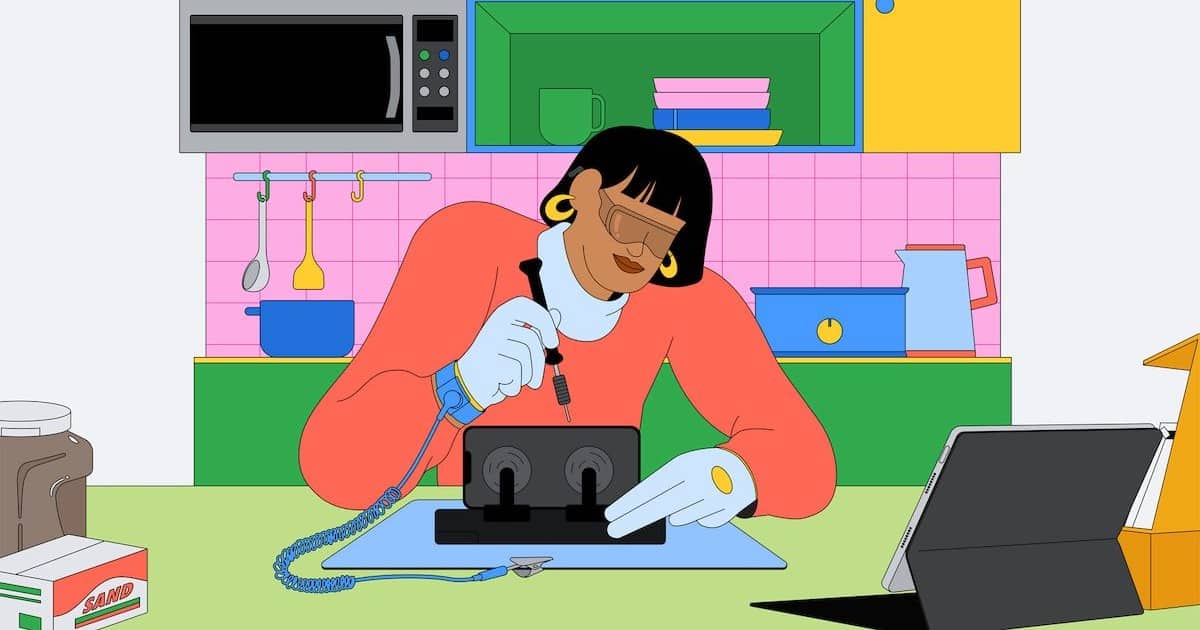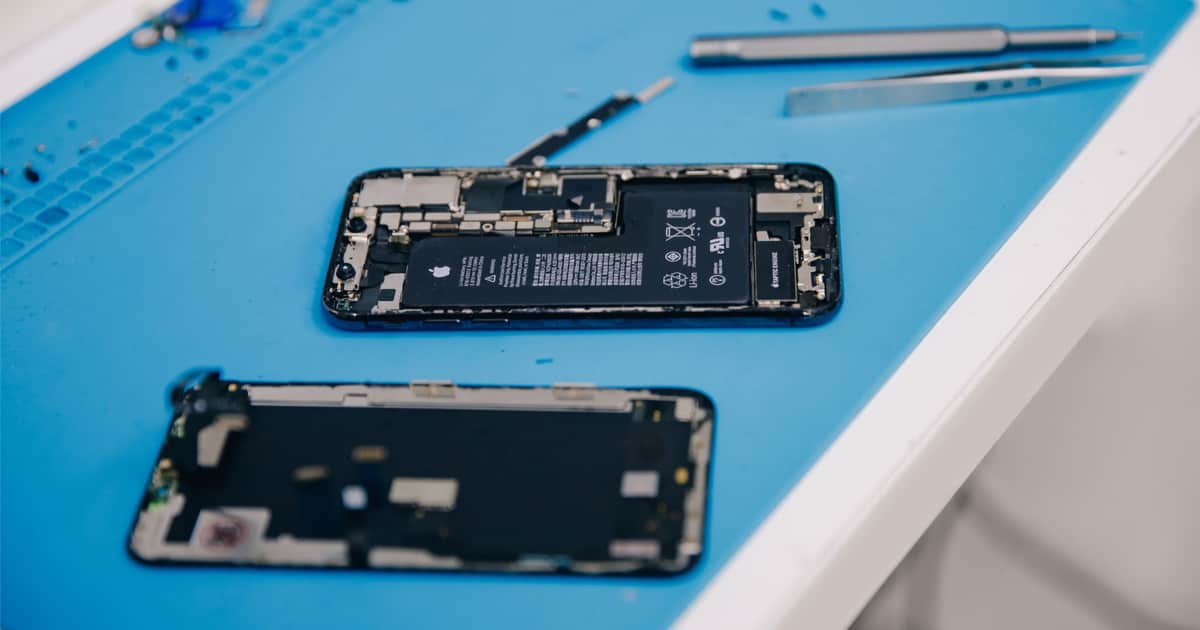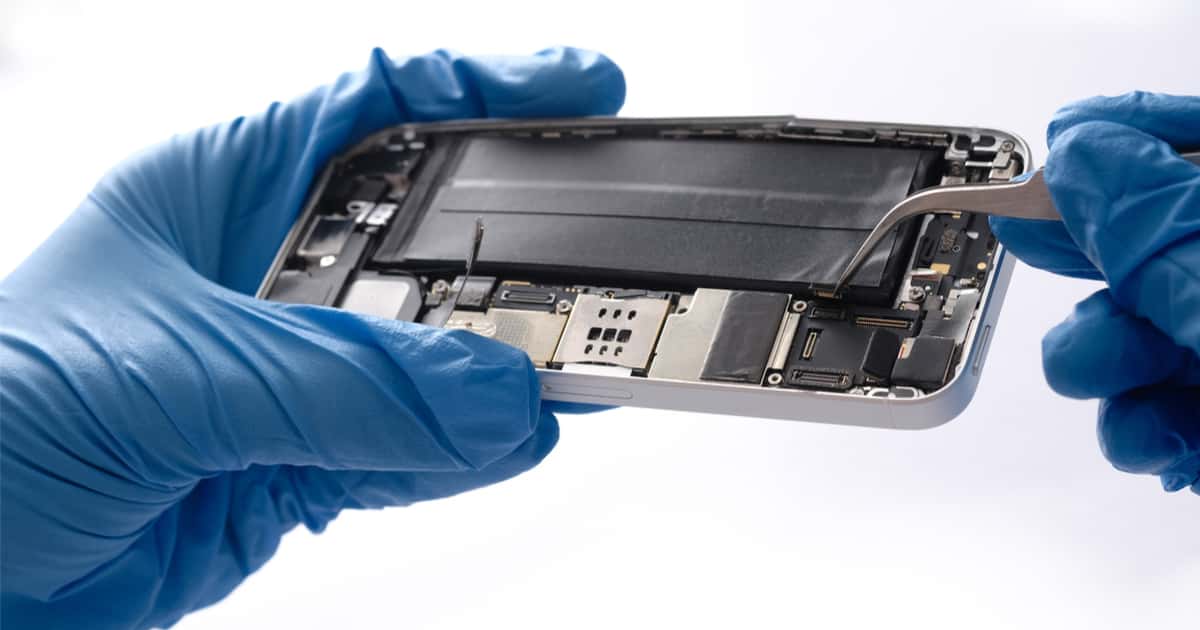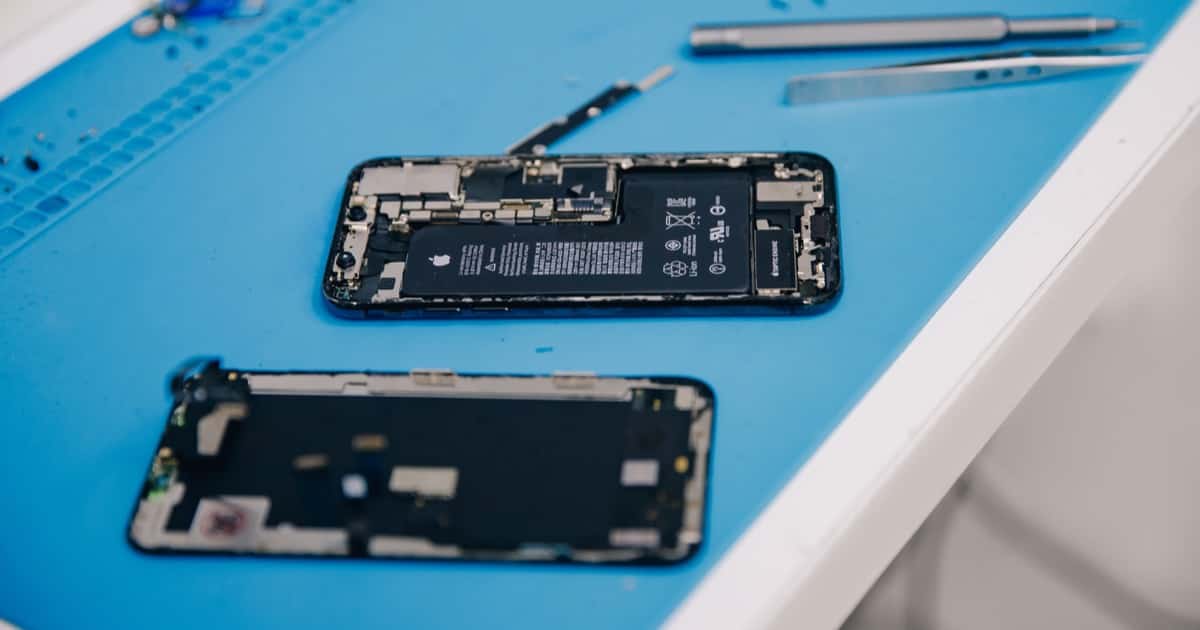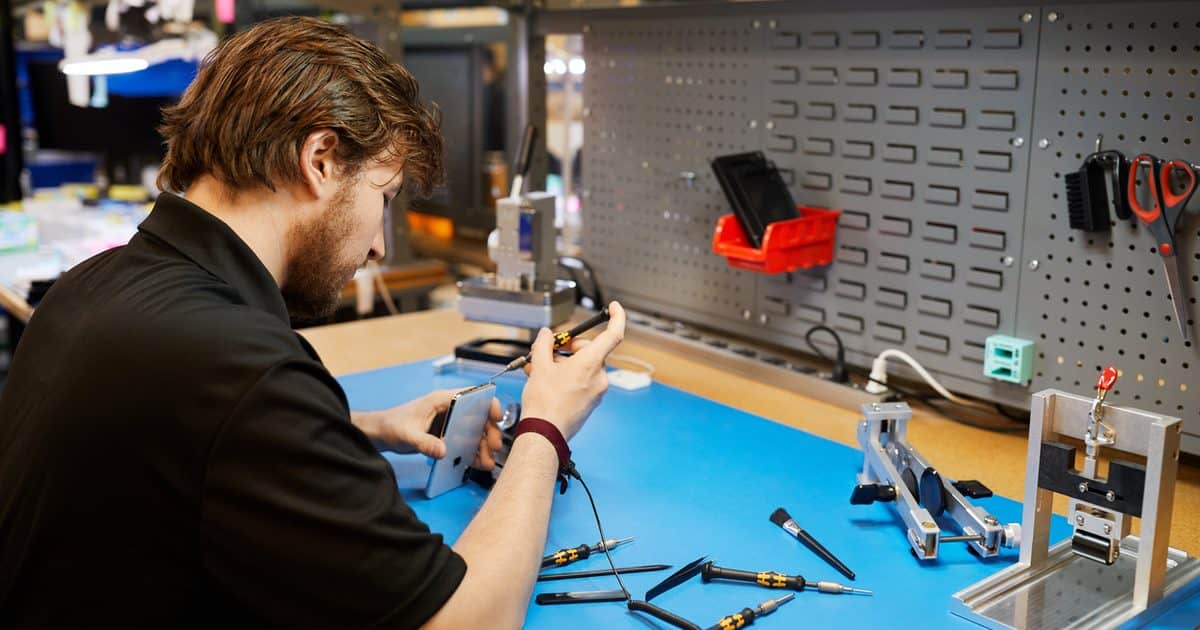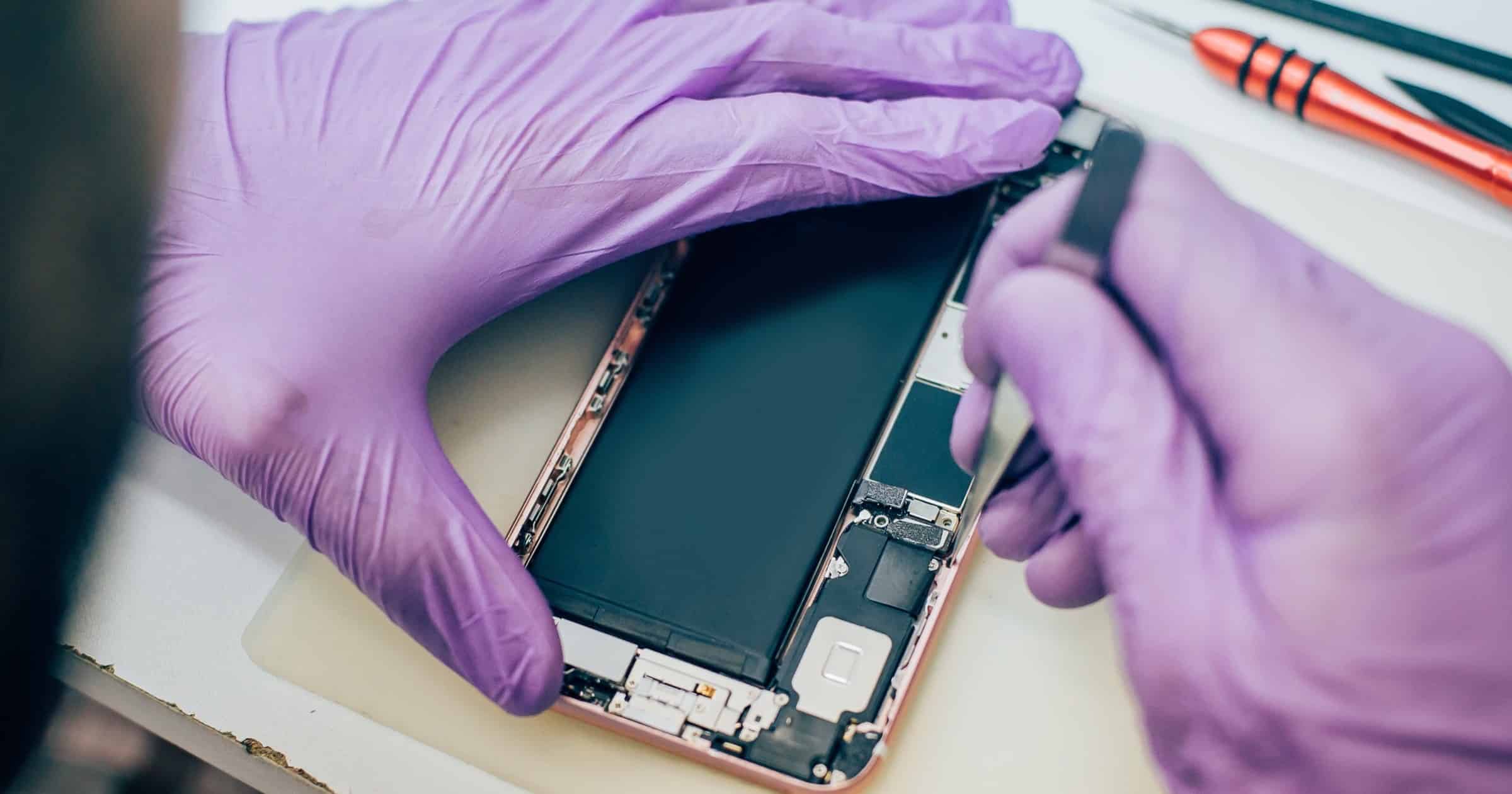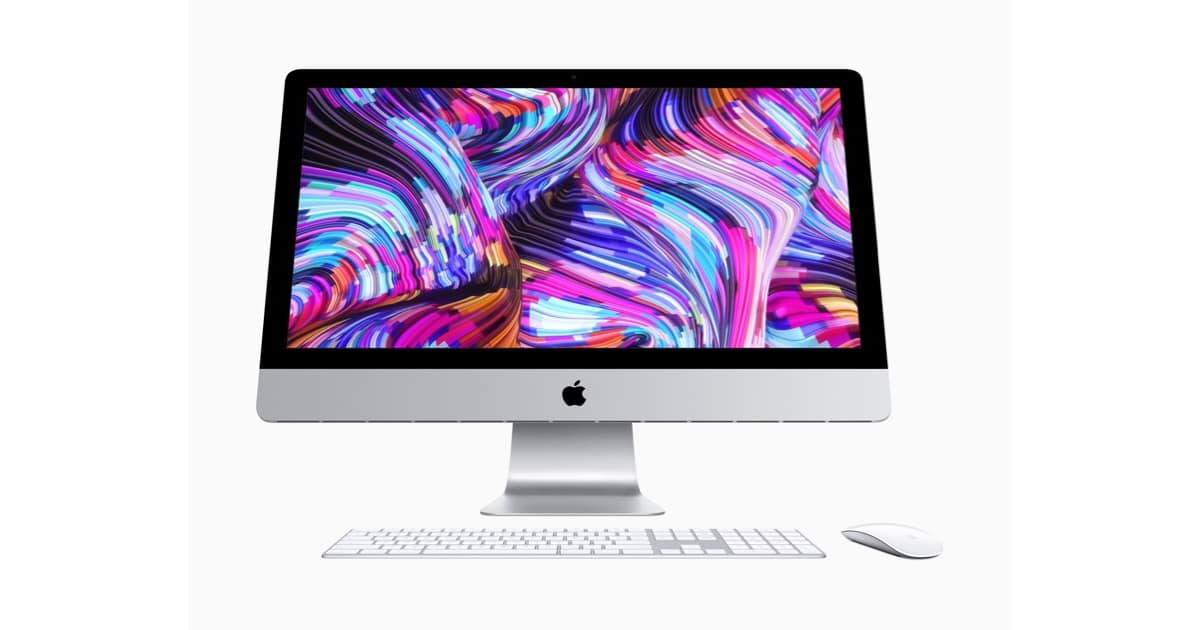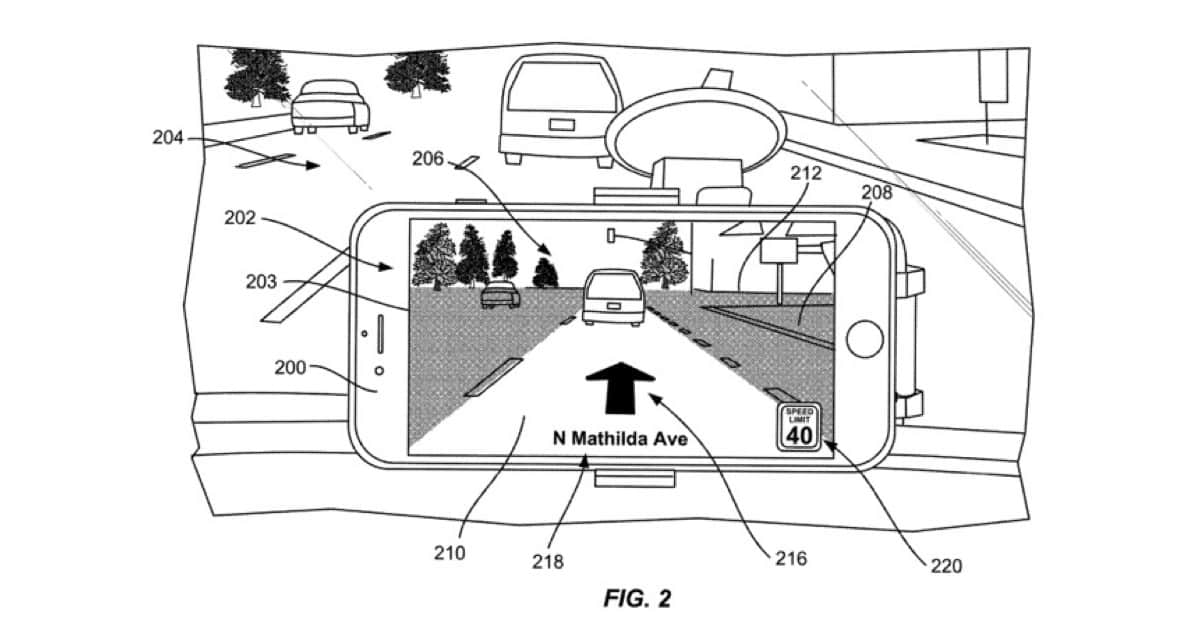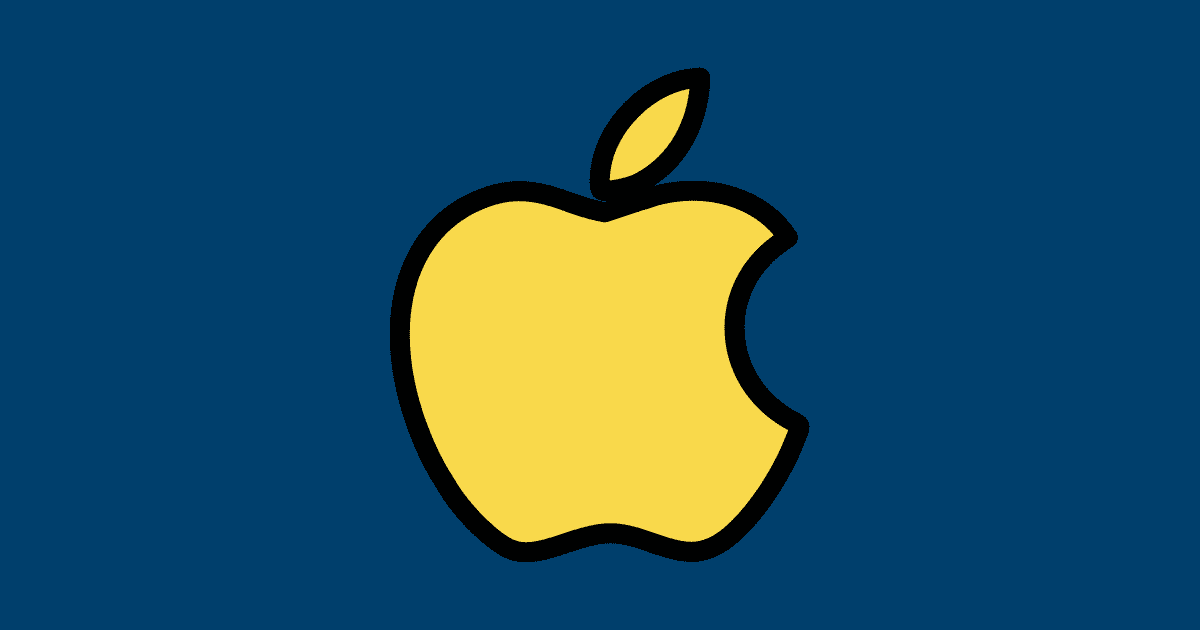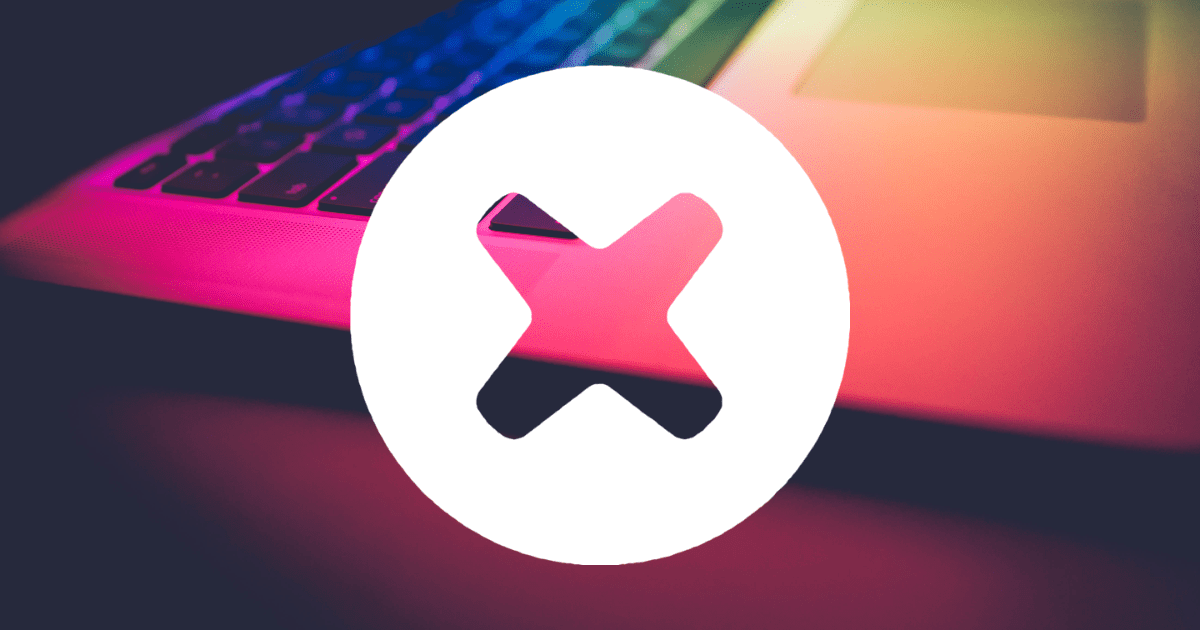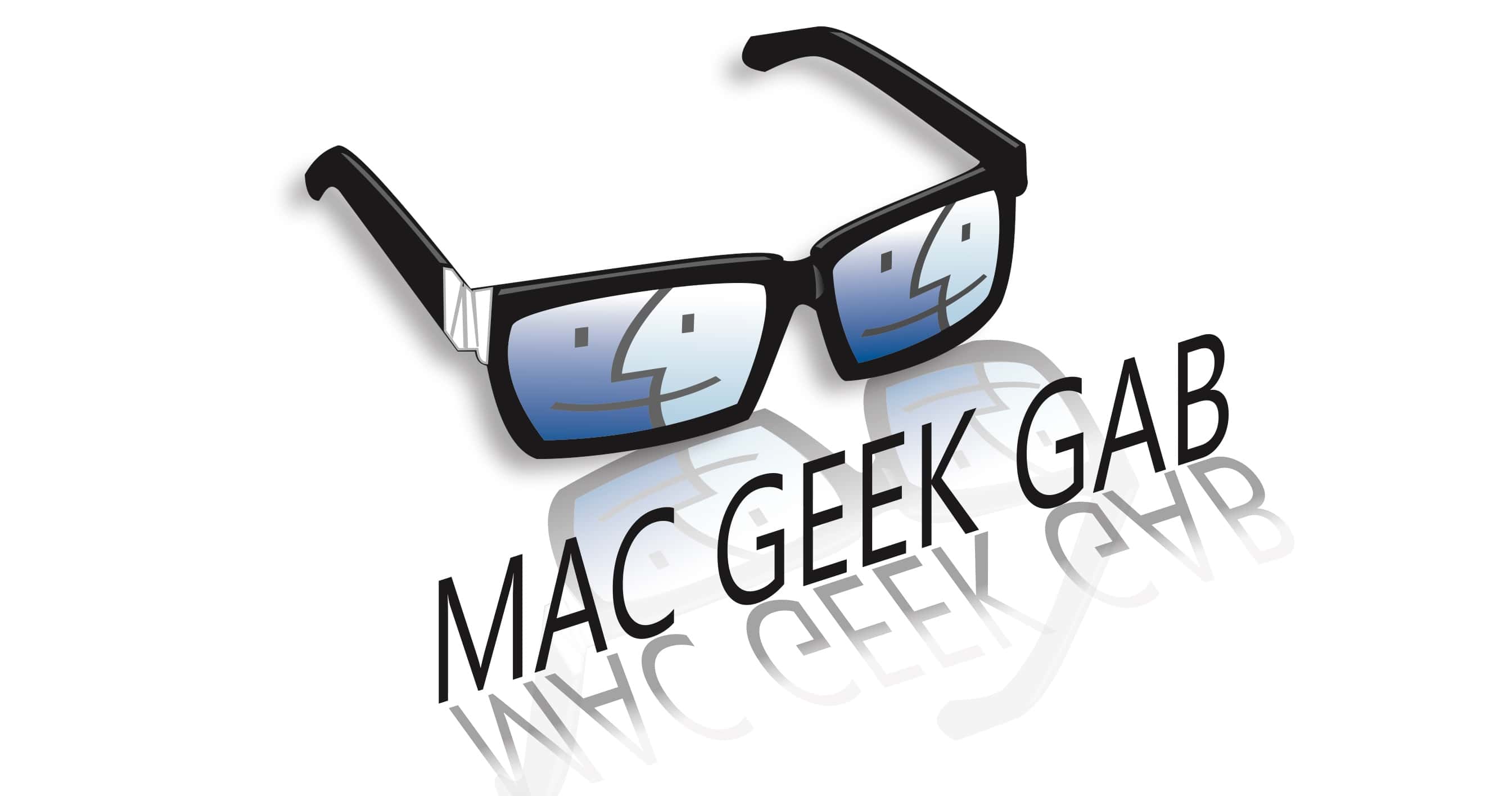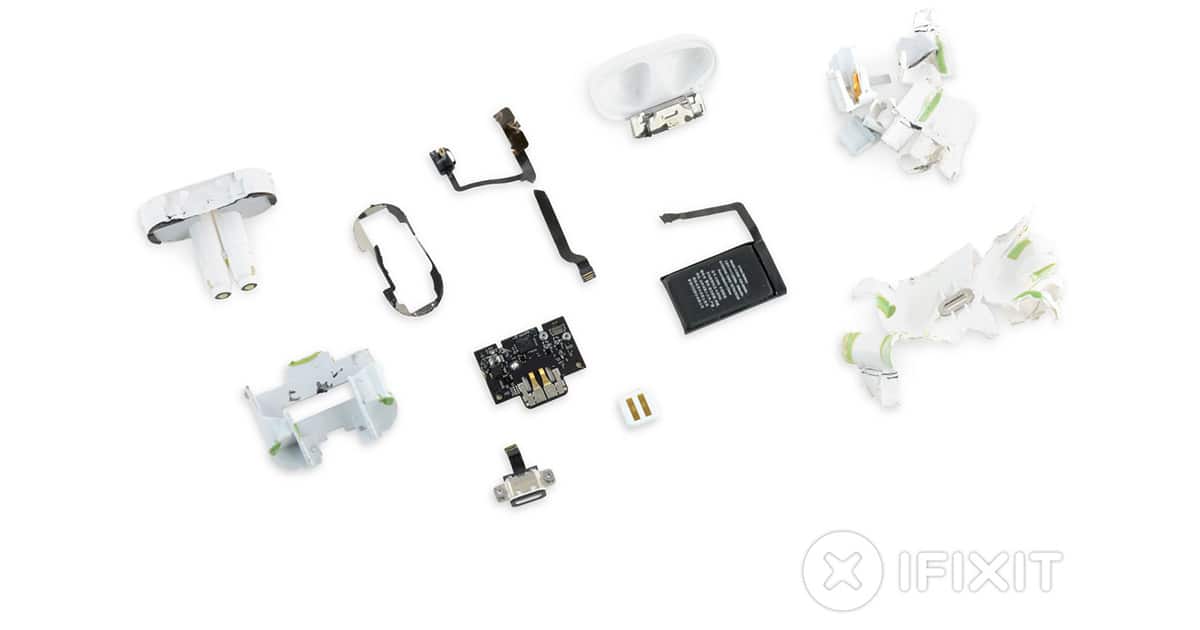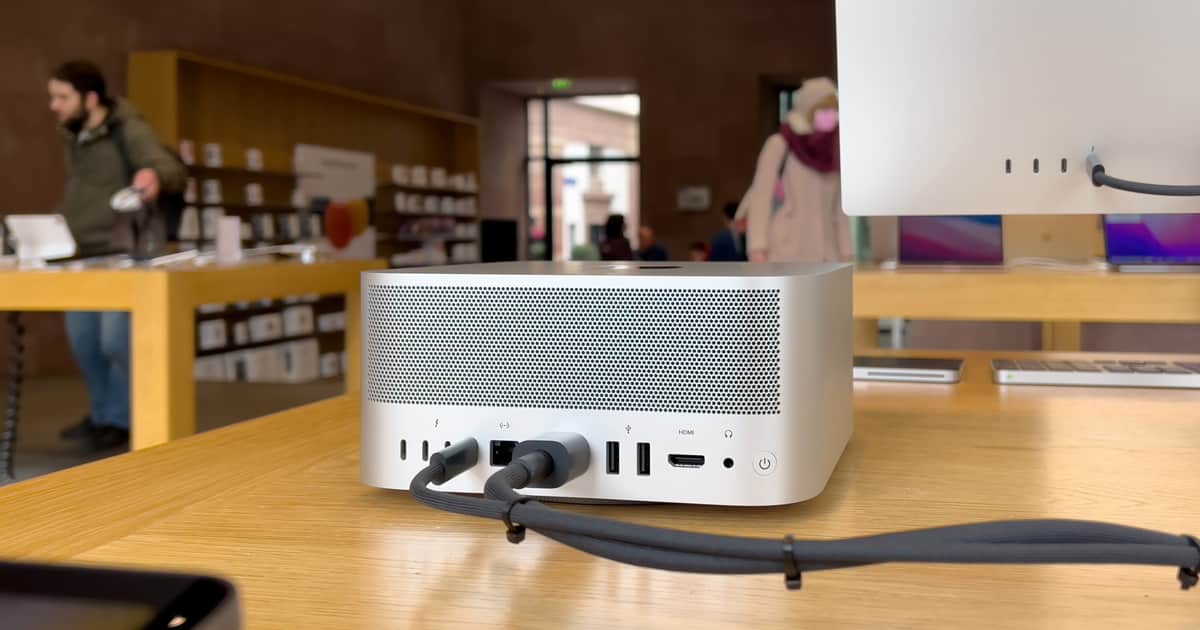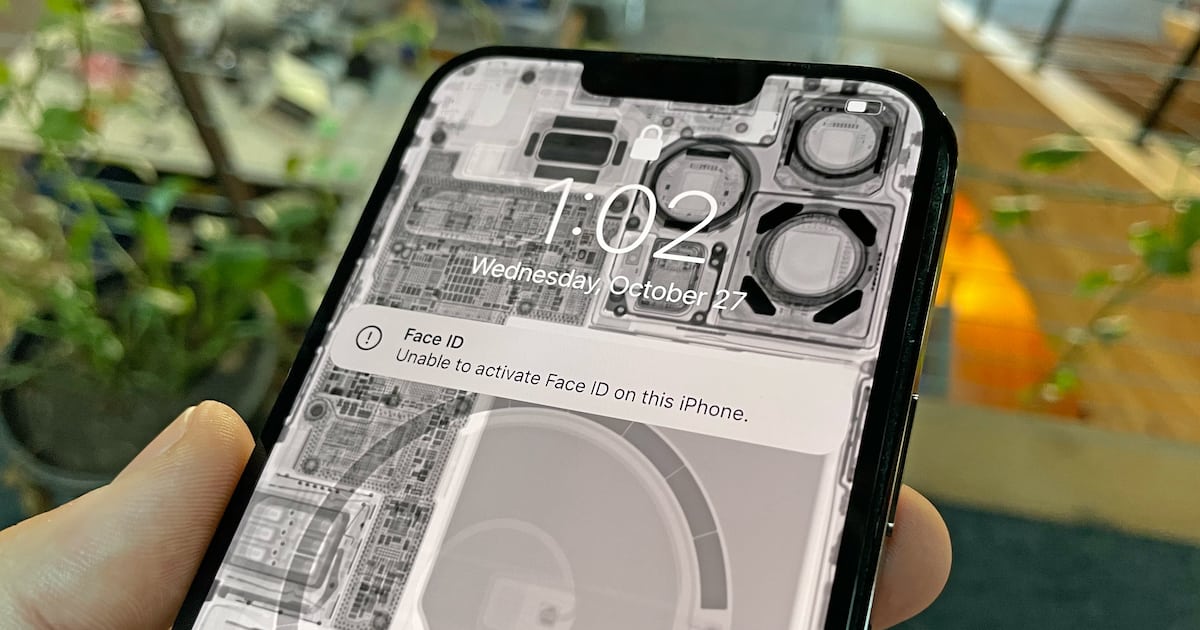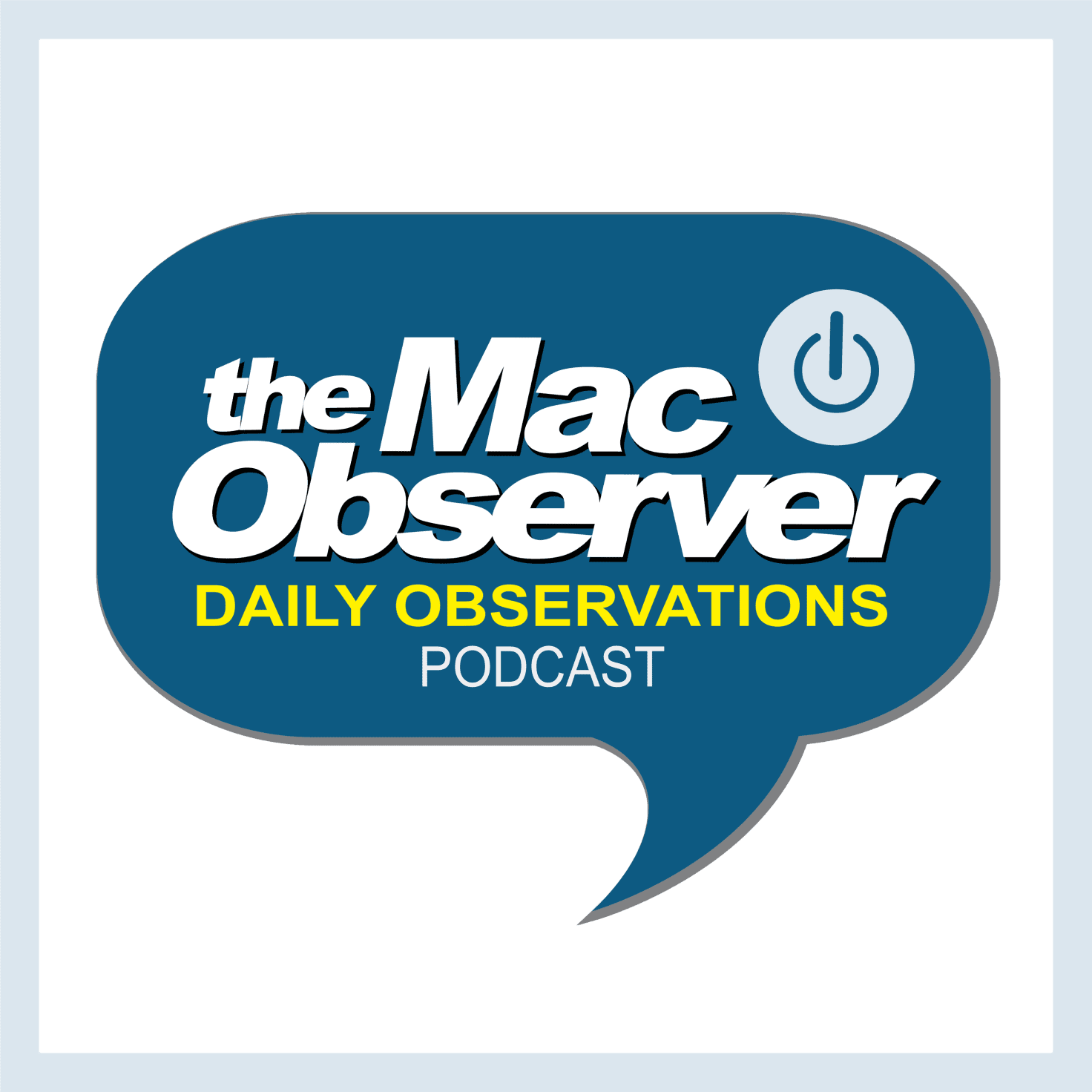Apple is insisting that the iPhone 14 Pro series camera vibration issue will not require a repair, stating an iOS update will provide a fix.
Search: right to repair
iFixit Shares iPhone 14 Teardown: Most Repairable iPhone in Years
iFixit has provided a teardown of the new iPhone 14, showing off the new internal redesign that makes the phone more repairable.
iFixIt Argues Apple's Self Service Repair Program Makes MacBooks 'Seem Less Repairable'
Apple has expanded its self-repair program to include M1 MacBooks, however, a report from iFixIt argues Apple may be complicating repairs
Experienced Technicians Having Issues with Apple's New Self-Service Repair Program
On Monday, “NPR” interviewed an expert phone repairer concerning their thoughts on Apple’s Self-Service Repair program.
Apple’s Self-Service Repair Program Meets Some, Not All, of What We Wanted
Apple’s self-service repair program is a good start. It has a serious flaw, though: cost. You pay more for some parts than the repair itself.
Apple Launches Self-Service Repair Program Website
Apple’s long-awaited self-service repair website is live. You can download repair manuals, order genuine Apple parts, and buy or rent tools.
Users and Critics Question if Apple Remembers Self Service Repair Program
November 2021 saw Apple announcing the Self Service Repair program. Expected early 2022, many are wondering if Apple remembers the service.
Shocking Report Reveals How Apple 'Undermines' Third-Party Repair Efforts
A report on Tuesday reveals how Apple undermines third-party repair efforts. Eight training videos were leaked.
France Labels Electronics With Repairability Scores
France has become the first country to label electronics with a score of how repairable they are.
This means MEPs have called on the European Commission to grant consumers a ‘right to repair’ by making repairs more attractive, systematic and cost effective, whether by extending warranties, providing warranties for replaced parts, or better access to repair and maintenance information.
I’m curious to see what kind of scores Apple products receive. Zero? One?
Apple Acquires Rights to ‘Cherry’ With Tom Holland
Apple has acquired the rights to “Cherry” a film starring Tom Holland and Clara Bravo from Anthony’s and Joe Russo.
Apple Gains Some Repairability Points for 2019 iMac Models
iFixit, which regularly provides readers with hugely helpful teardowns, has praised Apple for making available (deliberately or otherwise) repair manuals for the 21.5-inch and 27-inch iMacs released in 2019. It even upgraded the repairability score for the devices. This is interesting, given it recently emerged that flash storage cannot be removed from the logic board in the latest 27-inch iMac, surely reducing its repairability.
But with publicly available repair manuals, however painful the actual procedures can be, this device offers a greater sense of long-term service potential. It’s a tricky thing, providing this recognition to Apple. The company puts a significant amount of effort into lobbying against Right to Repair bills that would, among other things, make all such internal manuals available to the public. And we know, by way of emails provided to Congress, that the release of the iMac repair manuals was an aberration. Since then, Apple has simultaneously produced its most repair-friendly device in many years, the Mac Pro, and chosen not to release any more manuals for its other devices. Still, this tiny revelation feels like the first signs of spring after a long winter. Apple published service manuals and the world didn’t end.
Repairing iCloud Syncing — Mac Geek Gab 825
Should you update? That’s always the question, isn’t it, regardless of whether it’s hardware or software or both. This week John and Dave answer your questions about both, specifically when it comes to Apple’s offerings. That’s not all, of course. Your two favorite geeks roar through a tour of your questions, tips, and Cool Stuff Found, including segments on repairing iCloud syncing, backing up your music the right way, diagnosing CPU spikes, and more. Press play, and enjoy learning at least five new things, all while remaining perfectly socially-distanced!
Apple Unveils New Independent Repair Provider Program
Apple will provide independent repair firms with the same resources it provides to Apple Authorized Service Providers.
The iPhone on a Car Dash is Not The Right Way to Navigate
Navigating in a car with AR and maps on an iPhone, even on the upper dashboard, is not the right way to go. John has a much better idea.
Best Buy Joins Apple for Expanded Repair Service
Today Apple announced a partnership with Best Buy for an expanded repair service at almost 1,000 Best Buy stores across the United States.
Apple Lobbyist Pulls Self-Repair Bill
Apple lobbyists have pulled a self-repair bill that warned customers attempting to repair their own devices could hurt themselves.
Apple Updates iPhone X Repair Policy for Face ID Problems
It sounds like there might be a connection between the iPhone X back camera failure and the front TrueDepth sensor system.
Why Must Qi's Light Shine So Brightly? – Mac Geek Gab 699
Is your Qi charger keeping you up at night? Don’t worry, there’s a solution that doesn’t (necessarily) involve black electrical tape! Also in this episode, your two favorite geeks help you troubleshoot your problems, including diagosing a strange Safari launch trigger, renaming your Home Sharing store, managing multiple email addresses with Gmail, securely deleting files with High Sierra, and much more. Quick Tips abound in this episode, too, folks. Listen carefully and you shall learn!
iPhone Screen Repairs By Third Parties Now Get Some Warranty Coverage
Apple recently decided iPhone screen repairs by third-parties don’t fully void your warranty anymore. Affected iPhone will also qualify for warranty coverage as long as the repair isn’t related to the third-party display itself. Before, iPhones with third-party displays weren’t eligible for authorized repair under warranty from an Apple Authorized Service Provider.
iFixit: AirPods Aren't Repairable, Case May Have Caused Delay
Apple’s AirPods have been available for only a day, and with very limited availability, but iFixit managed to get ahold of a pair and subject them to their usual new product dissection. What they found inside were components that can’t be repaired, and a charging case that may be behind the extended delay in getting to store shelves.
Mac Studio Proves Modular Doesn’t Mean What It Used To
When Apple described the Mac Studio as “modular,” many of us assumed upgradeable. This, sadly, is definitely not the case.
Apple to Stop Breaking iPhone 13 Face ID After Screen Replacement
Earlier in November, we learned that Apple had engineered the iPhone 13 in a way detrimental to Right to Repair. Currently, if Apple doesn’t “bless” your iPhone 13 screen replacement, iOS deactivates Face ID. Now, the iPhone maker has told The Verge it’s backing down on that requirement. A software update is coming to make things a lot easier. Repair technicians replacing iPhone 13 screens won’t have to worry about that microcontroller.
Apple tells The Verge it will release a software update that doesn’t require you to transfer the microcontroller to keep Face ID working after a screen swap.
Replacing Your iPhone 13 Screen May Break FaceID
Apple seems to have dealt another blow to the consumer’s right to repair. Replacing your iPhone 13 screen could break FaceID.
Apple's Environmental Moves – TMO Daily Observations 2020-10-20
Today, Charlotte Henry and Andrew Orr join host Kelly Guimont to discuss Apple’s latest changes to help achieve their environmental goals.
